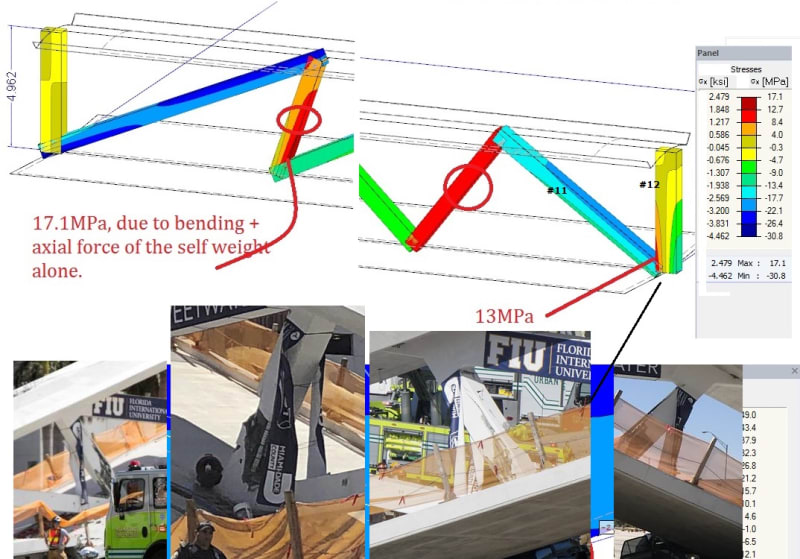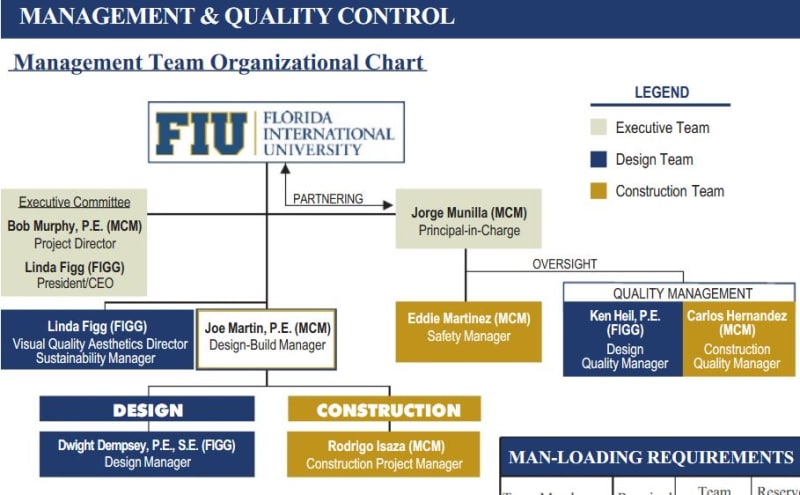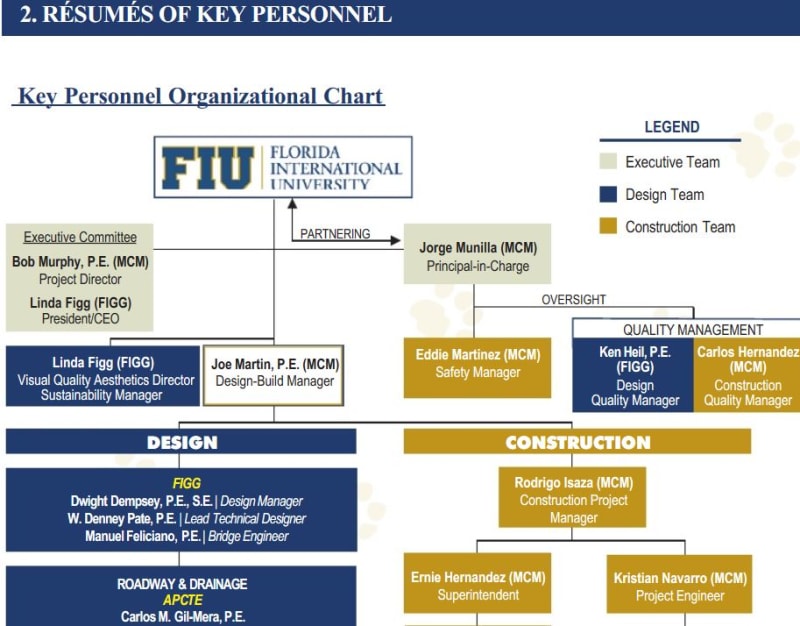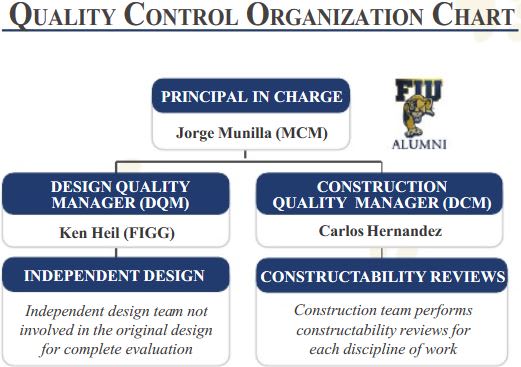JAE
Structural
- Jun 27, 2000
- 15,556
A continuation of our discussion of this failure. Best to read the other threads first.
Part I
thread815-436595
Part II
thread815-436699
Part III
thread815-436802
Part IV
thread815-436924
Part V
thread815-437029
Part VI
thread815-438451
Check out Eng-Tips Forum's Policies here:
faq731-376
Part I
thread815-436595
Part II
thread815-436699
Part III
thread815-436802
Part IV
thread815-436924
Part V
thread815-437029
Part VI
thread815-438451
Check out Eng-Tips Forum's Policies here:
faq731-376




